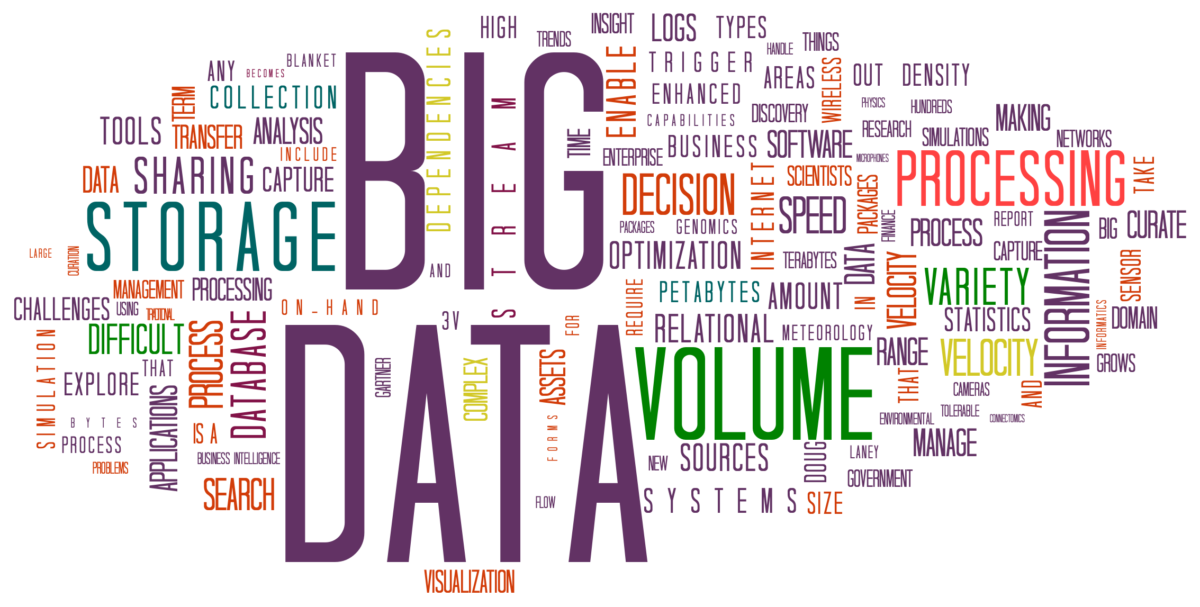Five years ago on 4 October 2011, Apple released a personal-assistant application named Siri. Siri, nowadays fully integrated into Apple’s iOS operating system, processes the voice commands of users into simple actions. For instance, one can record a message and Siri turns the recording into a written text message. How did this application develop through the last five years?
Siri was initially created by an eponymous American startup and started as an independent application. The app could recognize only simple voice commands and answer them. Apple bought the startup in 2010 and first introduced the function in 2011 in the new iPhone 4S. After a year, the iPad users gained access to Sire. Mac users are only able to use Siri since this year.
In the early stage after introducing Siri, using the application in the Netherlands was difficult. The only languages which were supported were general and common languages like French, English, and German. Besides, Siri was not aware of locations in the Netherlands, so the app could only suggest restaurants and other hotspots in the United States. The Dutch language update arrived in 2015. This update made it possible to dictate Dutch text messages. In addition, a lot of Dutch locations are now familiar with Siri.
Not too long ago, developers gained access to Siri. This is a great leap forward for Siri because other application can now implement Sire in their systems. For instance, you can not only dictate a regular text message now but also a Whatsapp message.
Your conversation with Siri is still improving each day because Apple is using a self-learning technology for Siri. This technology helps the application recognize more words and more sentences. Think about the possibilities which will arise if Siri keeps learning to better understand voice commands. Maybe, in five more years, we will be able to fully control our mobile devices using our voice.
Do you often use Siri? And have you noticed the improvements of Siri in the last couple of years?
(http://ipadhulp.com/handleidingen/hoe-werkt-siri/)
(http://www.nu.nl/mobiel/4330702/slimme-apple-assistent-siri-bestaat-vijf-jaar.html)
(https://www.nrc.nl/nieuws/2016/10/04/apples-slimme-assistent-siri-is-vijf-a1524715)


